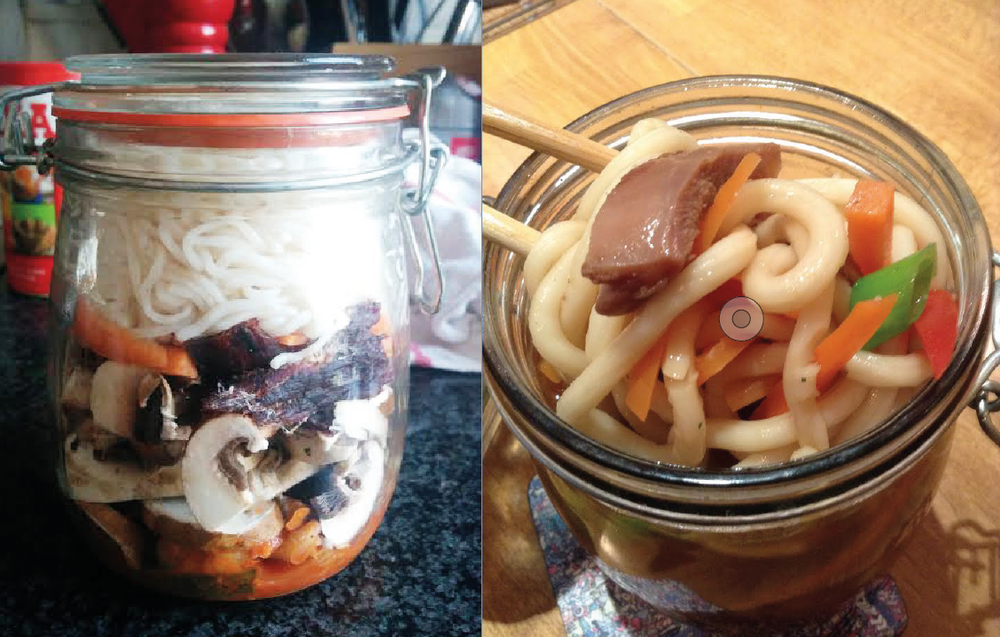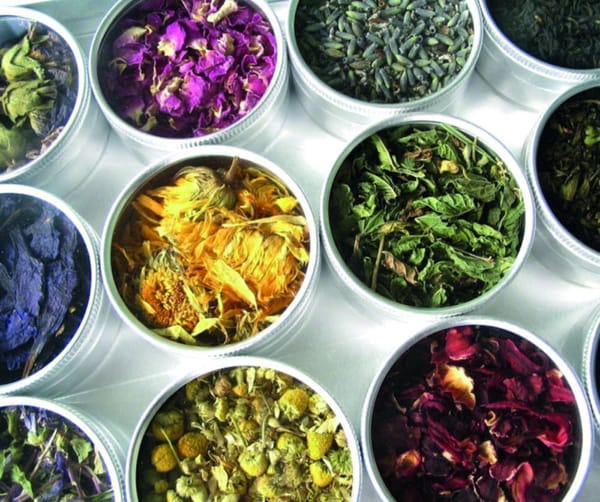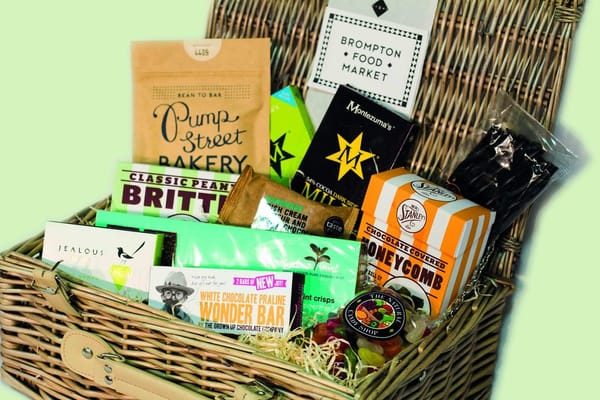How to quickly use your noodle(s)
Carol Ann Cheah offers a healthy solution to the instant stuff

Happy 2015, everyone! Between deadlines in early January, prepping for new module lectures this term and catching up with the stuff I missed last term when the Vile Bug of Winter ‘14 hit Imperialites (and their dogs...) finding time to cook decent meals has been rather difficult: So difficult that the headline pun this week is an awfully poor reference to what most of us have been doing during the exam week just gone.
I digress. As the academic year resumes and speed picks up, I’ll gladly admit my meal routines easily suffer. Though thanks to the combined genius that is Hugh Fearnley-Whittingstall (the River Cottage bloke, yes!) and J. Kenji Lopez-Alt (of The Food Lab on Seriouseats.com), I may have found one of my new favourite fallback lunches. It’s even easier and quicker than my favourite mushroom and cream pasta, or my fried rice mainstay – these being my usual no-brainer solutions to a quick, healthy and filling meal.
Ladies and gents of the Imperial realm, I present to you a somewhat-instant noodle solution that’s full of POTential, yet only requires you to Just Add Water(TM) when it’s mealtime. (No, I’m not apologizing for this pun either.)
But first: why even bother?
You don’t need me to tell you about the perils of conventional pot noodles: everything from the nutritional value (or lack thereof), to the fact that it’s not the most appetizing-looking thing you can have; two things which the solution I’m about to show you fixes very well. Felix Food published an “Epic(ally Broke) Meal Time” feature in the last issue of Summer 2013, with ideas on turning boil-in-the-pot instant ramen into a cheap gourmet meal.
That’s all and well when you have access to a stove, but how about if you’re constantly at your desk? It’s actually easier than you think to DIY some cup noodles to your tastes.
The best way to come up with a variety of flavour options is to “compartmentalize” the components of your “pot noodle” meal, and then do a bit of mixing and matching. We’ll go over each component separately; think of this as a method overview rather than a recipe per se.
The soup (base)
Full disclosure: this is the bit that is going to contribute the underlying flavour and salt to the whole meal, so it’s wise to be prudent with the base that you end up using. The Food Lab swears by Better Than Bouillon soup base (available on Amazon), which has quite a substantial meat content; our River Cottage master uses good-quality bouillon powder/cubes. The key takeaway is that it has to be concentrated to save space, and as dry as possible so it stays fresh for longer.
If you go down the bouillon route, your OXO and Knorr mainstays just aren’t going to cut it here. The flavour quality just isn’t up to snuff, and the salt content is going to give you a heart attack in more ways than one. I’ve found that Kallo isn’t too shabby for this; they make “very low salt” versions that don’t skimp on the flavour. In the meantime though I’m actually coming up with a base alternative to Better than Bouillon; there will be a sequel to this article – with other ideas – when it’s perfected!
Most of the time, I tend to amplify the bouillon base with other sauces and pastes in my larder. Miso, gochujang, black or yellow bean... there are loads of options out there. It just adds that much more complexity to the dish. I’ve even used homemade kimchi as a flavour booster before!
Your meat and (two) veg
One advantage you’re going to have here is that you can add lots more unprocessed colour and flavour. It’s important however that you NEVER use raw meat; it’s not going to properly cook when you
"One advantage you’re going to have here is that you can add lots more unprocessed colour and flavour."
add water. Meat plucked from a supermarket roast chicken (or from leftover Sunday roast) works well, though you can get amazing results with beef biltong/jerky.
For the veggie component, small diced frozen veg is great for this. I’ve used everything from grated carrot and julienned bell peppers to raw sliced mushrooms.
The freshness doesn’t stop there. I almost always keep a plastic packet of chopped herbs/scallions to garnish when the noodles are ‘done cooking’.
The noodle noggin’
So now you’ve eschewed the pre-fried ramen, the easiest noodles to use in these are rice noodles – namely vermicelli, or the flat stuff used in pad thai. After that, fresh egg noodles (the ‘straight-to-wok’ kinds in chiller cabinets) work well.
If you really must use dried noodles or pasta, it’s definitely worth par-cooking them a bit, then shocking them in cold water to stop them from cooking any further. You might find some of the straight-to-wok noodles might need a bit of help as well.
From here, I’ll drain and toss them in a wee bit of oil (sesame preferred) to stop them from sticking, then add them to the jar I’m using.
The vessel
You want something that’s pint-sized onwards. Glass jars are great; recycle a mason/jam jar if you have one that size. I’m a sucker for loads of veggie in my dish though, so the volume of my clip-top jar (Kilner and Tala make loads of them) is more like 700ml. Just be careful of the amount of boiling water you add if you use a bigger jar; it’s easy to add too much and over-dilute your soup.
All in all...
...I love these because I still get a fairly balanced meal that doesn’t skimp on the convenience, and forces me to get creative while “thinking inside the pot”. Over to you guys now!










